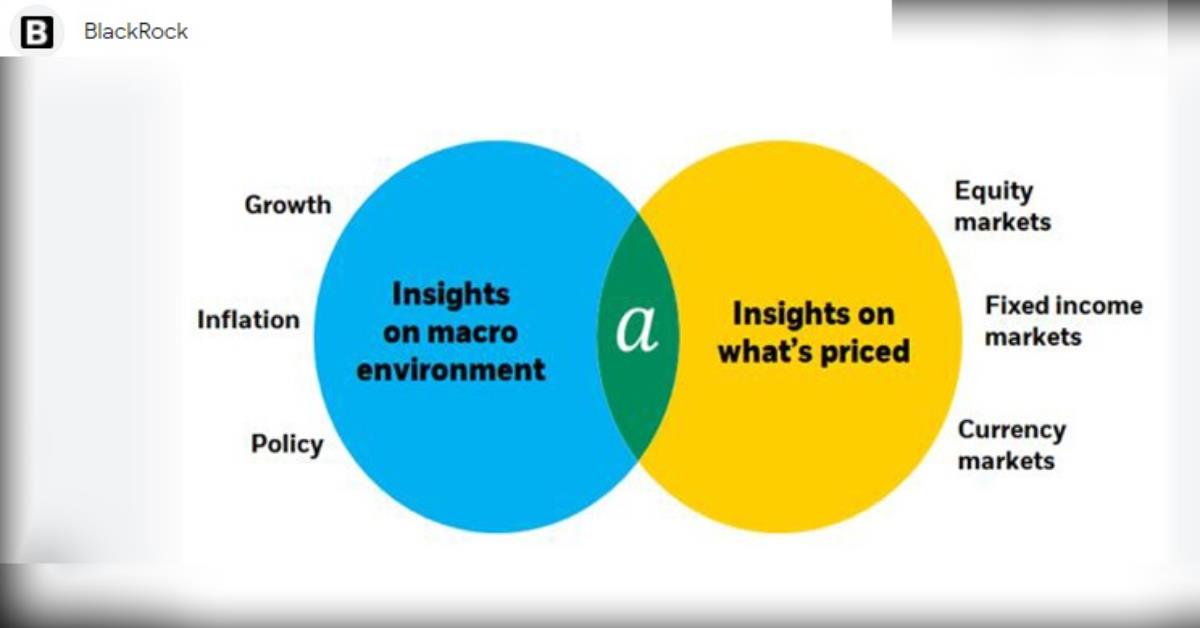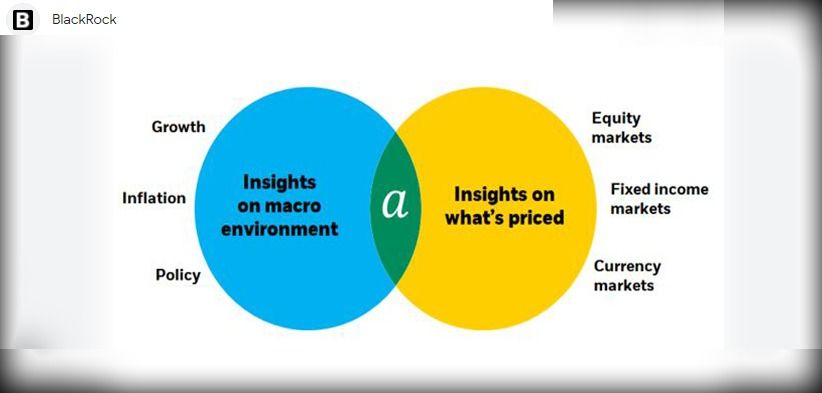What are Multi-Asset Strategies? Risks and Benefits of Mult-Asset Investment Strategies.
Explore the world of multi-asset strategies and discover their potential with Paperfree.com. Learn how these versatile investment approaches can help you diversify your portfolio and manage risk effectively. Explore various types of multi-asset strategies and their applications in this informative guide by Paperfree.com.last updated Monday, August 4, 2025
#multi asset fund #multi asset strategies
|
|
by John Burson |
Content Manager, Paperfree Magazine |

QUICK LINKS
AD
Get Access to Real Estate Investment Opportunities
Multi-asset strategies involve investing in a mix of different asset classes, such as stocks, bonds, commodities, real estate, and cash. The goal is to achieve diversification, reduce risk, and enhance returns by spreading investments across multiple assets that may respond differently to economic conditions. These strategies can be actively or passively managed and aim to balance risk while pursuing stable returns.

fig 1 Multi-Asset Strategies, BlackRock
Let's examine the intricate world of multi-asset strategies to see whether they suit you. For the rest of this article, we will:
- Clearly define multi-asset funds
- Detail the benefits
- Point out the risks
- Reveal the best strategies
- Discuss what type of investor should consider multi-asset strategies
What is a Multi Asset Fund?
Also known as diversified or balanced funds, multi-asset funds are investment vehicles that allocate investors' capital over a diverse range of traditional and alternative asset classes. These funds typically invest in stocks, bonds, cash, and other securities. The goal is to use managerial skills and diversification to balance risk and return.
How Do Multi-Asset Funds Work?
When you invest in a multi-asset fund, you can have an elite investment team overseeing actively managed funds. They use extensive research to find assets that can consistently produce added value for investors.
Multi-asset class investment teams allocate investments through several asset classes. This method makes these funds less volatile than funds that invest in one asset class. However, this approach may curb potential returns.
For example, a multi-asset portfolio might contain stocks, cash, crypto, and real estate compared to a single-class portfolio with stocks only. It is a historical given that no asset class will outperform during every period. For this reason, the one-asset-class portfolio will benefit the most when stocks outperform during a particular period.
Multi Asset Funds Examples
Multi-asset funds offer investors a way to diversify their portfolio across various asset classes, including stocks, bonds, and sometimes alternative investments like real estate or commodities. Below, we briefly overview two examples of multi asset funds: the Fidelity Multi-Asset Income Fund and the ICICI Multi Asset Fund. These examples illustrate fund managers' diverse strategies to allocate investments across different asset types.
1. Fidelity Multi-Asset Income Fund
Overview
The Fidelity Multi-Asset Income Fund aims to provide income and capital growth over the long term by investing in a mix of asset classes that offer potential for income and appreciation. This fund is designed for investors looking for diversified income sources.
Fund Investment Allocation (As of February 2024)
The fund's allocation strategy focuses on a mix of dividend-paying stocks, investment-grade and high-yield bonds, and preferred stocks. It may also allocate a portion of its assets to REITs (Real Estate Investment Trusts) and other income-generating securities. The goal is to balance risk while seeking to provide a high income level and, secondarily, capital appreciation.
- Equity
Approximately 38.19% (including both domestic and international stocks) - Fixed Income
Approximately 42.72% &17.71% (including investment-grade and high-yield bonds) - Cash and Equivalents
Approximately 1.38%
2. ICICI Multi-Asset Fund
Overview
The ICICI Multi-Asset Fund, offered by one of India's leading mutual fund companies, fund aims to generate long-term capital appreciation by investing across various asset classes such as equity, debt, and gold.
ICICI offers several multi-asset funds with varying risk profiles and investment objectives. Some popular options include:
- ICICI Balanced Advantage Fund: Aims for long-term capital appreciation and income generation through a balanced mix of equity and debt.
- ICICI Prudential Balanced Fund: This fund invests in a diversified portfolio of equity and debt instruments, targeting moderate growth with income potential.
Fund Investment Allocation
This fund dynamically adjusts its portfolio based on market conditions and the fund manager's outlook on different asset classes. The equity portion aims to provide high growth potential by investing in stocks across market capitalizations and sectors. Debt allocation seeks stability and income by investing in high-quality fixed-income securities. The gold allocation serves as a hedge against inflation and market volatility. The fund's multi-asset approach is designed to reduce risk through diversification and capitalize on different asset classes' growth potential.
- Specific allocation percentages can vary depending on the chosen ICICI multi-asset fund. Generally, the fund invests in a mix of equity (20-80%), fixed income (20-80%), and potentially alternative assets depending on the fund's strategy.
What are the Benefits of Mult-Asset Investment Strategies?
Here are some critical advantages of multi-asset investment strategies.
- Diversification
Multi-asset strategies allow you to spread your investments across different asset classes, as diverse as real estate, gold, cash, stocks, and other financial instruments. As a result, poor performances can have less impact on your portfolio, adding stability. - Adaptability
The flexibility of multi-asset strategies allows you to design them to suit your investment goals and risk tolerance. Depending on your goals, these strategies have the flexibility to meet aggressive, moderate, and conservative objectives [1]. - Professional Management
Most multi-asset funds have professional portfolio managers making strategic decisions about asset allocation across securities and individual investments. This arrangement ensures your multi-asset investment benefits from informed decision-making in a constantly changing market. - Risk-Return Profiles
The balance between risk and return is an essential factor in investing. This is why many investors use multi-asset strategies to properly adjust asset allocation to suit their conservative, aggressive, or middle-ground approach. - Income and Growth
Multi-asset strategies are adjustable to meet various financial objectives, such as passive income or capital appreciation [2]. This adaptability allows you to align your investment with your specific goal.
Risks of Multi-Asset Strategies
Although multi-asset strategies are significant for diversification and asset management, they carry some risks that deserve your attention.
- Market Risks
Since multi-asset portfolios still contain a significant portion of stocks and other risky assets, they carry market risks. Market risk refers to the possible loss of asset value due to overall market fluctuations. Even the diversification in a multi-asset portfolio can shield losses from declining equity markets. - Asset Class Risks
Each asset class within a multi-asset portfolio has a unique set of risks. For example, real estate comes with exposure to property market fluctuations, stocks have volatility risks, and bonds have interest rate risks. As a result, the portfolio's returns depend on the performance of individual asset classes. - Manager Risk
The success of multi-asset strategies depends on the skill and decision-making of the portfolio manager. For this reason, the risk of underperformance or losses is possible from poor investment decisions or errant risk management by the manager, especially within target-date funds. - Liquidity Risk
Depending on the asset mix, some multi-asset funds may carry liquidity risk due to an emphasis on less liquid assets—liquidity risk surfaces when the fund needs to sell these assets to meet investor redemptions [3]. Sometimes, managers may need to sell less liquid assets at a discount. - Inflation Risk
Different asset classes respond differently to inflation rate changes. For this reason, multi-asset strategies are subject to inflation risks. Inflation reduces the real value of money over time. So, portfolio managers must make asset allocation decisions to avoid inflation risk.
What is the Best Multi-Asset Strategy?
The best multi-asset strategy for you depends on your financial goals, time horizon [4], risk tolerance, and other personal factors. However, the following strategies are some of the most commonly used by investors.
- Conservative Strategy
The objective of a conservative multi-asset strategy is capital preservation and income generation. For this reason, its asset allocation weighs heavily toward cash, bonds, and other lower-risk assets. Equities get a smaller allocation. This asset mix appeals to investors with a low risk tolerance and a targeted retirement. - Balanced Multi-Asset Strategy
A balanced multi-asset strategy focuses on balanced growth and income. Its asset allocation is approximately equal in equities and fixed-income securities, with some cash or alternative assets. Since it has a neutral risk/reward ratio, this strategy attracts investors with moderate risk tolerance and a desire for balanced funds. - Growth-Oriented Strategy
A growth-oriented multi-asset strategy aims for capital appreciation and long-term growth. To this end, a significant portion of the allocation goes to equities, while smaller portions go to fixed-income and alternative investments. In investing, greater growth potential equals higher risk. Therefore, this growth strategy fits investors with a higher risk tolerance and a long investment horizon. - Alternative Multi-Asset Strategy
This strategy's objective is portfolio diversification and risk mitigation. These assets tend to reduce overall portfolio risk. For this reason, investors seeking more diversity beyond traditional assets tend to favor this strategy. As a result, asset allocation may include:- Hedge funds
- Real estate
- Commodities
- Private Equity
- Farmland
- Tactical Multi Asset Strategy
According to a manager's outlook, this multi-asset strategy differs from the others because it doesn't aim for a specific outcome other than adding value for investors by capitalizing on short and medium-term opportunities. This situation gives asset allocation flexibility to meet many objectives. Therefore, the tactical strategy attracts investors who prefer a more actively managed approach to react to changing marketing conditions.
Why Paperfree.com
A multi-asset strategy may be a good investment option, especially if you seek more flexibility and control over balancing risk and return. However, many other investment options may present a better choice for you. So, while you conduct your due diligence, consider Paperfree.com, a real estate investment company that offers systematically vetted, diversified investments. Whether you are an accredited or non-accredited investor, Paperfree.com has a suite of Real Estate Funds and managed collaborations worth your consideration.
Primarily, Paperfree.com obtains a majority interest in low-performing and low-valued businesses backed by real estate assets throughout the U.S. We add value to the investment with:
- Optimized management
- Enhanced operations
- Re-positioning of the real estate asset
- Data-driven strategy
Paperfree.com embraces a long-term, value-oriented investing strategy that may be compatible with your investing goals.
Pages Related to #multi asset fund
- Management of Investment Portfolios: Why it

- Top Real estate investment trends 2025

- Alternative Investments: Hedge Funds vs Private Credit 2025

- Digital Infrastructure Investments 2025: Funding the Future of Connectivity

- Alternative Investment Outlook H2 2025 | Rates & Opportunities

- Precious Metals 2025: Gold Silver Price Forecast & Investing

- Assets vs Liabilities: Smart Investment Strategy Tips for Wealth Building

- Private Credit & Hedge Funds: Building Portfolio Resilience

Popular Page
Private Real Estate Funds - Investments to Drive Income and Capital Growth
Book a Free Complimentary Call
real estate investing Investment Visa USA Investment Magazine Private Real Estate Funds real estate funds
